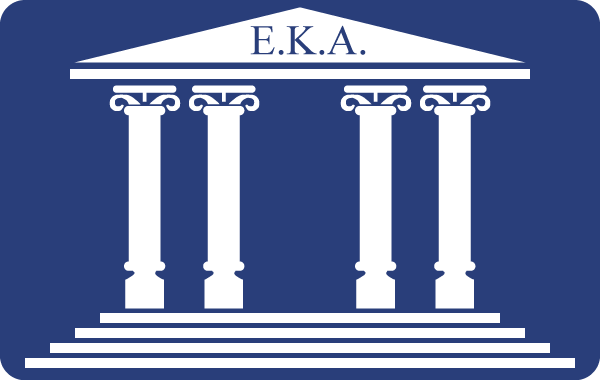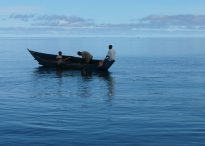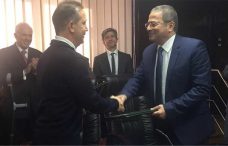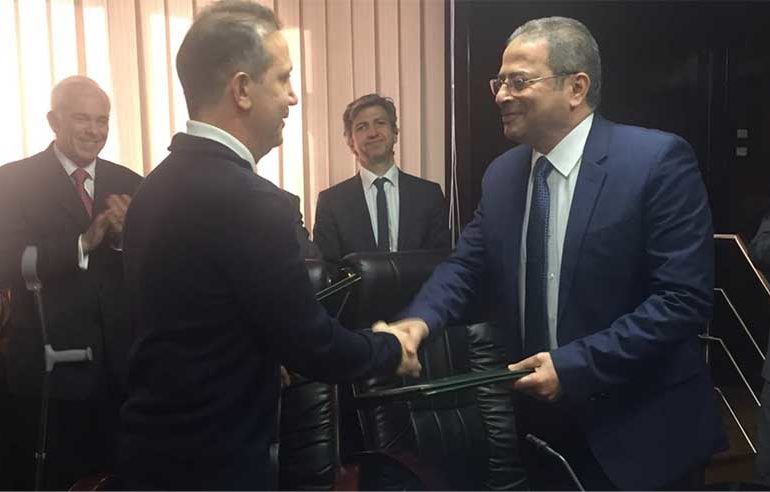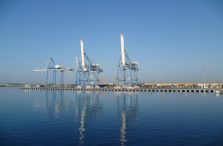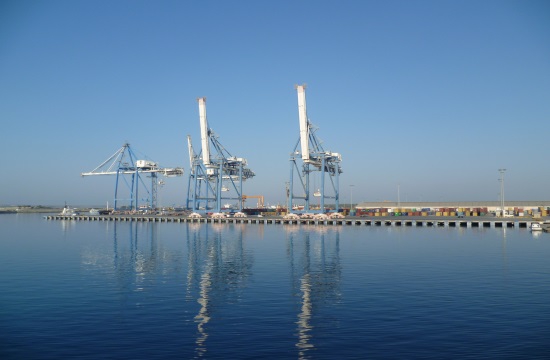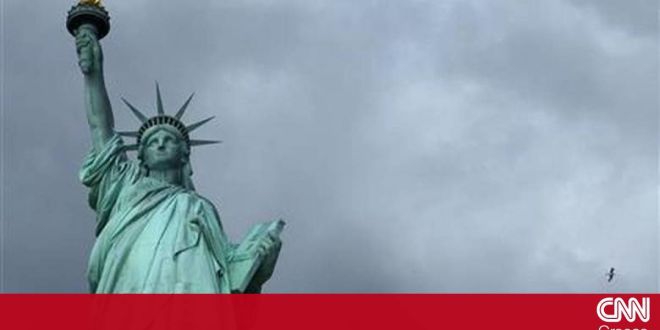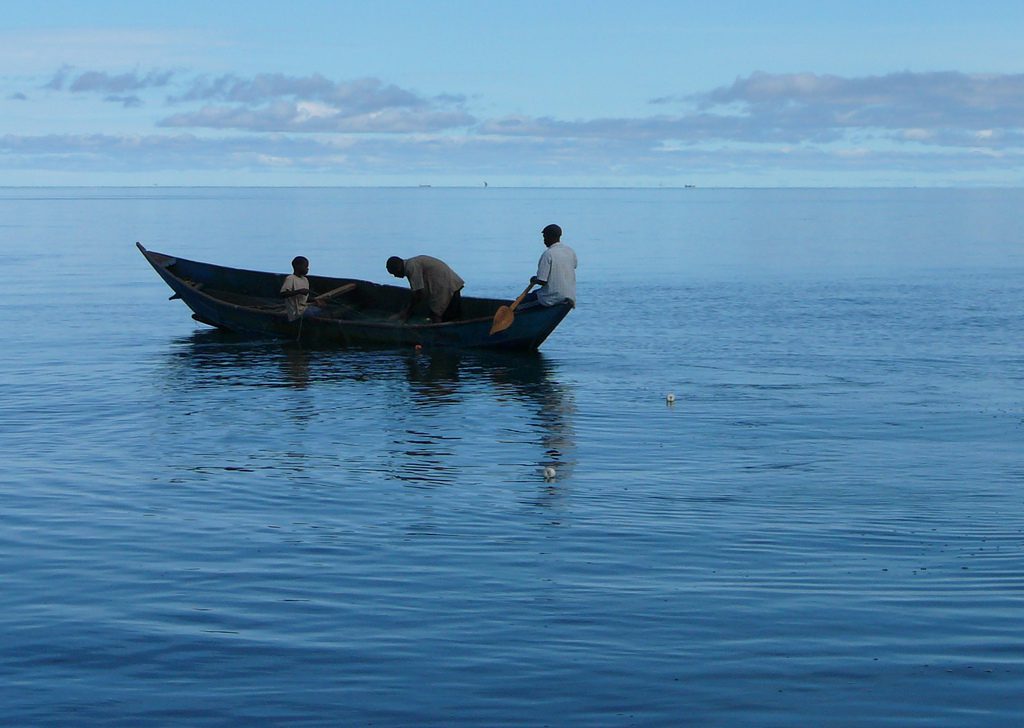 By 2024, a 4,000 kilometers waterway will connect ten African countries, stretching between Lake Victoria and the Mediterranean Sea. An Egypt-led project, the navigational shipping line is to be established along the Nile River for small and medium-size commercial vessels to boost bilateral trade.
By 2024, a 4,000 kilometers waterway will connect ten African countries, stretching between Lake Victoria and the Mediterranean Sea. An Egypt-led project, the navigational shipping line is to be established along the Nile River for small and medium-size commercial vessels to boost bilateral trade.
Egyptian Minister of Water and Irrigation Moahmed Abdel Aty announced the completion of an annual report which highlights the results of the early stages of the feasibility studies. Egypt signed a feasibility studies contract with a German-Belgian international consultancy office, using $650,000 in funding from the African Development Bank, after having completed a pre-feasibility study in May 2015, which cost $500,000.
The 12 billion USD line originally incorporated nine countries: Tanzania, Kenya, Uganda, Rwanda, Burundi, Democratic Republic of Congo, South Sudan, Sudan and Egypt. Despite political strife with Egypt over its Renaissance Dam, Ethiopia decided in January to jump aboard the project.
The Egyptian government and the New Partnership for Africa’s Development (NEDPAD), the technical body of the African Union, launched the project in June 2013, with the idea to promote “intermodal” transport by integrating river, rail and road transport facilities along the Nile Corridor and to develop river management capacity.
“This project will boost economic development in the Nile Corridor by increasing trade and regional integration, as well as the transport of goods and people,” NEPAD states.
Intermodal transport integration will include sections along the Trans-Africa Highway (Cape Town–Cairo, Lagos-Mombasa, Dakar-Ndjamena-Djibouti and Cairo-Dakar), various railway lines, as well as the big harbours in Alexandria, Suez Canal, Mombasa and Dar es Salaam, indicates the NEPAD website.
Egypt has listed a number of potential project components, including supporting economic development in the Nile Basin by raising the level of trade and transport of goods and people, constructing a navigational line connecting Lake Victoria and the Mediterranean Sea through the Nile River, and establishing river navigation management training centres in some of the footprint states “based on the Egyptian experience”.
Phase one of the project will comprise the section from Lake Albert in Uganda to Khartoum in Sudan, the section from Gambeila in Ethiopia to the White Nile in South Sudan, and the section from Khartoum in Sudan to Aswan in Egypt. Phase two will comprise the section from Lake Victoria to Lake Albert, both in Uganda, and the section between the Blue Nile Basin in Ethiopia and the Main Nile in Sudan.
